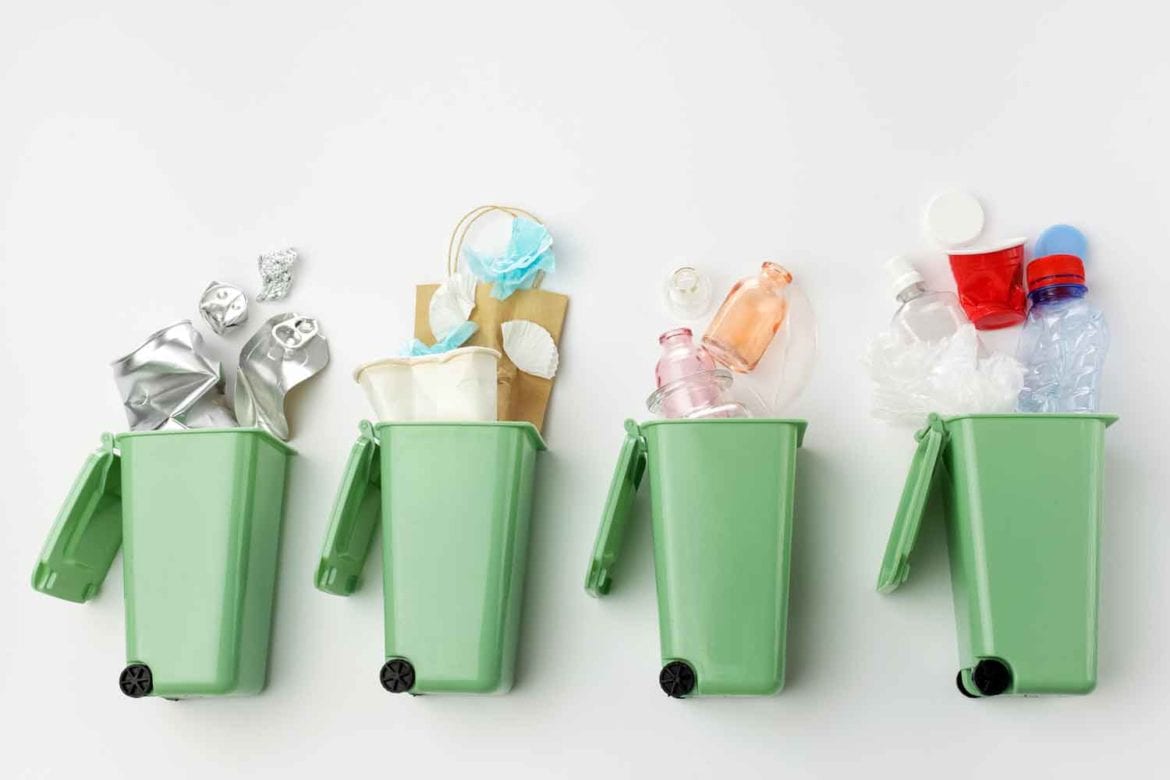We are celebrating National Recycling Week from November 11 – 17 (and onwards) and we have teamed with eco-warrior Renee for some awesome advice on recycling.
Waste management and recycling can be confusing. City councils have a different set of rules for waste management in each different state. Recycling is a business. No, there is not a do-gooder trying to clean up our mess for us! Like any business, recycling needs an end-buyer, someone who has use for the recycled materials.
The whole idea of recycling is that we can divert plastics away from landfill and that we can use these materials instead of creating new products from virgin materials (fossil fuel plastics). Those chasing arrows we recognise can be quite deceiving, as they do not always mean that the product is recyclable – if there is a number from 1-7 within the chasing arrows, it is a Resin Identification Code.
Resin Identification Codes
Resin Identification Codes are numbered “1 to 7”. These numbers allow us to identify what types of plastics our products are being package in. Enabling us to make better choices both when purchasing and reusing plastic containing products. This is also a key element in the successful collection, recovery and management of used plastics in Australia

Here’s what you need to know to be a Waste Warrior:
The Australasian Recycling Facilities
Bounce belts sort the materials in a recycling facility. These belts are not designed to accommodate materials smaller than a credit card, they simply fall through, or jam the machinery. A simple solution for us at home, is to collect the smaller pieces and place them into a container of the same material, such as placing plastic bottle-lids into a plastic container, placing aluminium-lids into an aluminium can (press lid closed) and placing smaller pieces paper of paper into an envelope.
Soft plastics cannot go into your yellow-lid curbside bins. They cause major damage to the machinery at the recycling center. Don’t worry! We have a solution. Keep all your plastic bags, wrappers, packets, zip-lock bags, produce bags, pasta bags, bread bags and plastic packaging, and as long as they are dry, they can be taken to the Red Cycle Program and placed into the collection bins located in selected drop points throughout Australia. Terra Cycle is another recycling program that accepts products that are otherwise destined for landfill, such as toothpaste tubes, contact lenses, dental floss and beauty care products such makeup and eye-shadow pallets.

It’s can be tricky to get the hang of recycling properly, but once you are aware of the way it works, it becomes second nature. We can all play a part in responsible recycling, and help reduce unnecessary landfill.
by Renee Hillier, Love Thy Earth
Insta: @lovethy_earth
www.lovethyearth.com.au

Leave a Reply